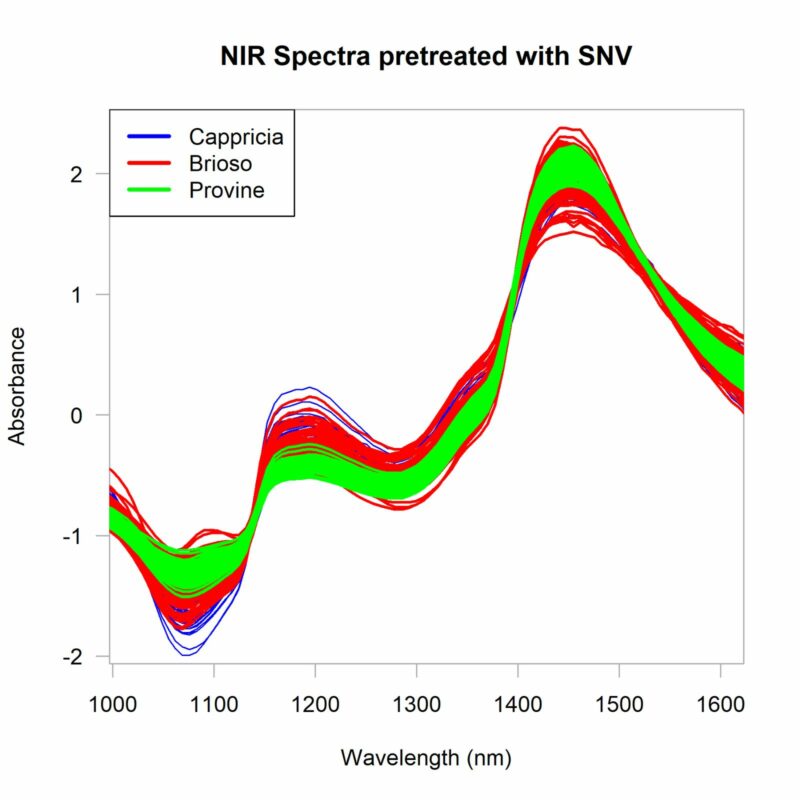Predicting Fungal Infection Sensitivity of Sepals in Harvested Tomatoes Using Imaging Spectroscopy and Partial Least Squares Discriminant Analysis

Published in the Journal of Near Infrared Spectroscopy (JNIRS), as well as in the Proceedings of ICNIRS 2023, and presented as an oral talk at the same conference. · Jul 10, 2024
Timely disease identification is crucial to prevent such losses, but certain tomato varieties exhibit higher susceptibility to fungal infections than others. Additionally, there are variations in susceptibility among individual sepals, with unknown underlying causes.
Traditional methods for assessing fungal presence in plants have limitations, such as
sample destruction and a focus on symptom detection rather than evaluating susceptibility to fungal infection. Hence, there is a need for a dependable, non-destructive method capable of swiftly predicting susceptibility to fungal infection. Our objective is to utilize Hyperspectral Imaging (HSI) with chemometric analysis to achieve this, a novel approach not previously explored in research.
In our study, we employed three tomato cultivars (‘Brioso,’ ‘Cappricia,’ and ‘Provine’).
Hyperspectral images were captured on May 10th, followed by controlled fungal growth
conditions. Ground truth assessments were conducted by three experts on May 12th and 13th, averaging severity scores assigned per sepal.
Our methodology involved extracting spectra from HSI images and calibrating and
validating models using Partial Least Squares Discriminant Analysis (PLSDA), aiming to
optimize model parameters for accurate predictions. The models are categorized into those developed using data from a single variety (intravariety) and those utilizing data from multiple varieties combined (global models).
The best-performing intravariety model was established using the Cappricia variety,
achieving a balanced accuracy of 0.84. Conversely, a global model combining Cappricia and Provine varieties achieved a balanced accuracy of 0.70.
Overall, our research suggests that distinguishing between more and less susceptible
sepals is feasible under controlled conditions.
Mercedes Bertotto1, Hendrik AC de Villiers1, Aneesh Chauhan1, Esther Hogeveen-van Echtelt1, Manon Mensink1, Zeljana Grbovic2, Dimitrije Stefanovic2, Marko Panic2, Sanja Brdar2
Wageningen University & Research1 P.O. Box 123, 6700 AB Wageningen
Biosense Institute2, Dr Zorana Diindica 1, Novi Sad 21000, Serbia
